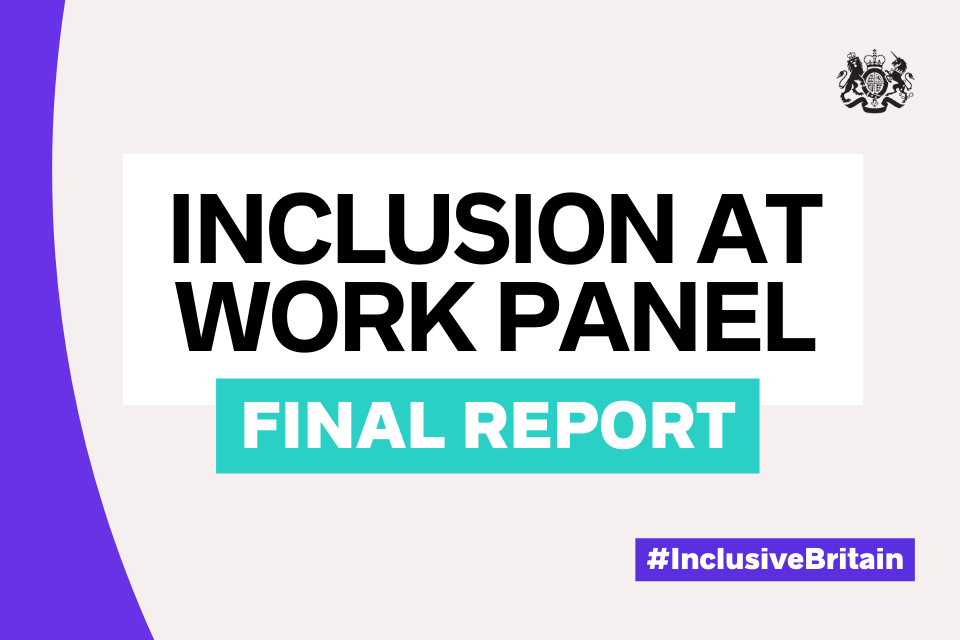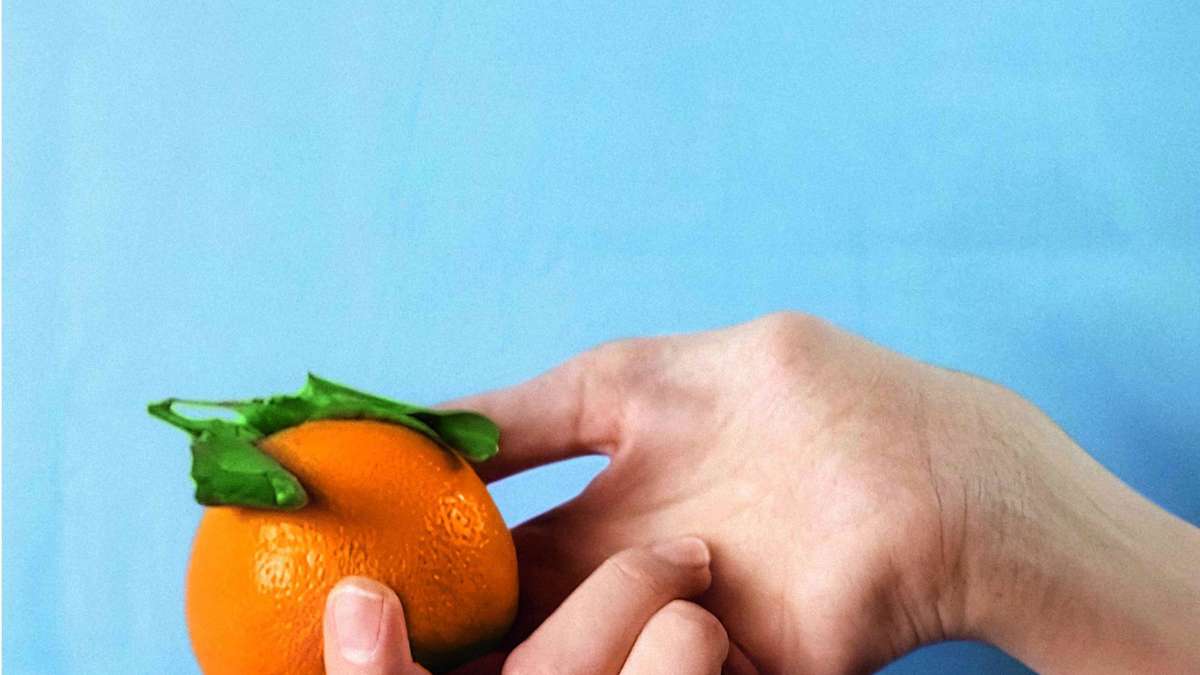American artist Michelle Miles talks about her life in a wheelchair and the art that can result from it. Her work can now be seen in the exhibition “Crip Time” at the Frankfurt Museum of Modern Art
Michelle Miles, You are attending a contemporary art exhibition that researches physical and mental dysfunction. How does this context feel for you?
My identity as a disabled person is also something that influences and sometimes conceptually supports my work. This part of my identity connects me to the most amazing community I have ever encountered. I am very honored to be a part of this exhibition. When do so many artists with a common identity from around the world have the opportunity to meet in one room and share their work with each other? Then also in MMK! This is a very special opportunity that not everyone can experience – whether they are disabled or not.
Is there a society among disabled artists?
Yes! When I moved to New York City in 2019, I discovered a community of disabled artists who really changed my life. I’ve never seen art made by a disabled person before, or art that explores ideas or experiences related to disability. I now feel part of this community committed to mutual support and committed to making spaces more inclusive (especially spaces where art is made and experienced!).
What type of disability do you have?
I have a progressive neuromuscular disease that weakens my muscles over time and I rely on a wheelchair to get around.
Do you think you would have been an artist even without this disease?
I think yes. I started drawing and painting when I was very young, before I knew I had a disability (or even understood what that meant). I am a very visual person. But my disability affects the technical tools I use, the way I use them, and the ideas I explore (intentionally or unintentionally) in my work.
You are working on integrated design solutions. What innovation are you particularly proud of?
While working at the Metropolitan Museum of Art, I took on a project to develop new accessible design guidelines for museum display cases. The project was stimulated by the lack of presentation design guidelines for visitors seated in the exhibition design section. As a wheelchair user, I was particularly interested in leading this project – and although the focus was initially on creating a seated visitor experience, our focus has expanded to a broader range of visitors in the course of business.
Where do you see the greatest need for action?
Many things come to mind, but health care is one of the important areas in the United States. It is very difficult to work as an artist and to have good (or even any) health insurance. Without access to resources that keep a person alive and well, it is very difficult to operate.
How does your style as an artist differ from that of a designer?
Art and design are very important to me and my business. I think I’ve worked as a designer my whole life as I’ve often had to solve problems and come up with design solutions to explore the world around me – including the tools I use to create my art. My identity as an artist is fundamental to me because I have always tended to express myself and explore myself through visual and tangible images.
What inspires you
for someone
Michelle Mill A multimedia artist born in Houston, Texas in 1996. Her work is conceptually shaped and supported by her experience as a disabled woman. She worked on inclusion concepts at the Metropolitan Museum of Art in New York and presented her films at festivals and exhibitions. Miles lives in Charlottesville, Virginia.
‘Crêpe time’ ‘, an exhibition by and about people with disabilities, which focuses on the topic of vulnerability, opens this evening at MMK.
So far, my art work has usually been for me a way to explore and understand my experiences. My projects are usually inspired by an image that I want to explore, by some aspect of my identity that I want to verify, or by an idea I want to pursue. In the course of the creative process, I often find connections between my ideas and the meanings behind them or lead to new ideas. Usually, I learn what work is by doing. Likewise, when I invite an audience to experience my work (disabled, non-disabled, artists, friends, strangers), I gain insights through new interpretations and through the way individuals share their own experiences with my Connect.
What will you present in MMK?
I’m showing two films, “Model of the Hand” and “How did we get here?”.
What is “hand model” about?
In the course of my life, people have often told me, “You must be a model of the hand” — because of my long, slender fingers. Every time I hear this, I am baffled by this remark. This is partly because my hands are a part of the body associated with disability, and in the time I’ve been doing this work I’ve never seen a disabled model anywhere. My weak muscles prevent me from doing many common gestures or holding things the traditional ways, and my hands are somewhat thin and disfigured due to my atrophied muscles. After hearing this comment enough times, I decided to tie my disabled hands to the idea of modeling. I used my crippled hands to engage in conversation with objects that symbolized beauty, femininity, and sensuality or those that referred to images from classical art. By doing so, I found that the lame weaving of disabled hands is a reference to the hand gestures depicted in paintings from the Renaissance.
This work became the first in a series that explored the process of concealing and exposing aspects of one’s identity – especially signs of disability such as my stopped hand. Exploring images and fantasies from my own experiences, I began an investigation and conversation with the symbols, colors, and gestures of classical art, a place where positive images of disability are largely absent.
And what is “How did we get here?”
The medium I dealt with in my youth was painting until the weakness of my hand also weakened my grip on the brush, motivating my pursuits in photography and eventually in filmmaking. After working on different film sets for a few years, I found that there were still barriers between me and the tool I wanted to use to create something – in this case the camera. While experimenting with the equipment, I found that by downsizing my film set and using a macro lens, I could create my own mini world with fewer obstacles than a normal full-size or traditional film set. This allowed me to work with organic movements in a way that was more accessible to me, and in a more abstract way. By incorporating ink into my film practice, I was able to trace the kind of abstraction I found in my early life as a painter.
In “How did we get here?” I documented the interaction between ink and soap in a Petri dish. Visible changes between the beginning and end of work occur very slowly and are almost imperceptible. The sound is a single sinusoidal tone that fades away very slowly during the four minutes and 20 seconds of the movie. It’s subtle and almost inaudible, just like the image changes in the movie, but when I played the movie in the cinema the sound could be heard across the floor at the loudest volume.
And what can be seen?
At first, the red paint washes over much of the image and forms a shape in the middle that I think looks like a human heart. When the paint dries, it begins to form a pattern on the bright white background. The pattern is roughly similar to the bird’s eye view of the river system. By the end of the film, the paint is drier, and the red rivers that make up the pattern appear almost “dry”, as is the shape of the heart in the middle. I later realized that this was a kind of self-portrait, especially an image of the motor neurons that control my muscles that are slowly weakening over time due to my disease — a process that I often don’t notice while it’s happening.
You have been in Frankfurt for a few days to start your business. What kind of barriers did you find here? Is there anything typical German?
Frankfurt is a beautiful city! I haven’t run into many snags here, but I’ve noticed some pretty common things. One is public transport accessibility – when we arrived we followed the route suggested by Google Maps (which Google Maps said was accessible) and took the S-Bahn from the airport to our accommodations only to find that there was no lift at one of the stations nearby in our area. The elevators were not located on the map at the S-Bahn stations and this information was hard to find. Then we tried to find a taxi from the main train station, but there was no wheelchair accessible taxi that day. Finally we took the tram which was working fine! But it would be ideal if information about lifts were more readily available, and even better if there were more lifts! I’ve also noticed that many of the shops and restaurants are accessible by stairs, which is pretty usual in most cities I’ve visited – especially in Europe, but also in some places in the US (especially the East Coast, which is more historic). I often see little shops that I want to go to but can’t, and often have to eat outside when there are stairs to enter a restaurant (which is nice in summer which I prefer to do now due to Covid). In addition, there are not enough public toilets accessible! In many restaurants (even if you go in!) the toilet is on the ground floor or too small to use. But this is the case in many cities.
What could be improved at the Museum of Modern Art?
It’s hard for me to answer that because yesterday I was only at the museum for the first time and the exhibition was still under construction. In general, I think most museums can be improved by worrying about the placement of the artwork (it should not be placed too high that seated visitors cannot see, or too close to each other for a wheelchair to provide more seating and comfort places in Throughout the museum, by providing image descriptions of visual artworks and annotations/audio descriptions of works with sound, and by providing more multisensory opportunities for visitors to experience art (eg, objects to be touched or a program that includes smell, taste, sound, etc. ).
Interview: Sandra Daneke
Michael Miles.
© Private

“Alcohol buff. Troublemaker. Introvert. Student. Social media lover. Web ninja. Bacon fan. Reader.”





More Stories
The new report seeks to end ineffective business EDI practices
An American company wins the Omagari Fireworks Festival
Pun: What is the funniest brand name in the UK?